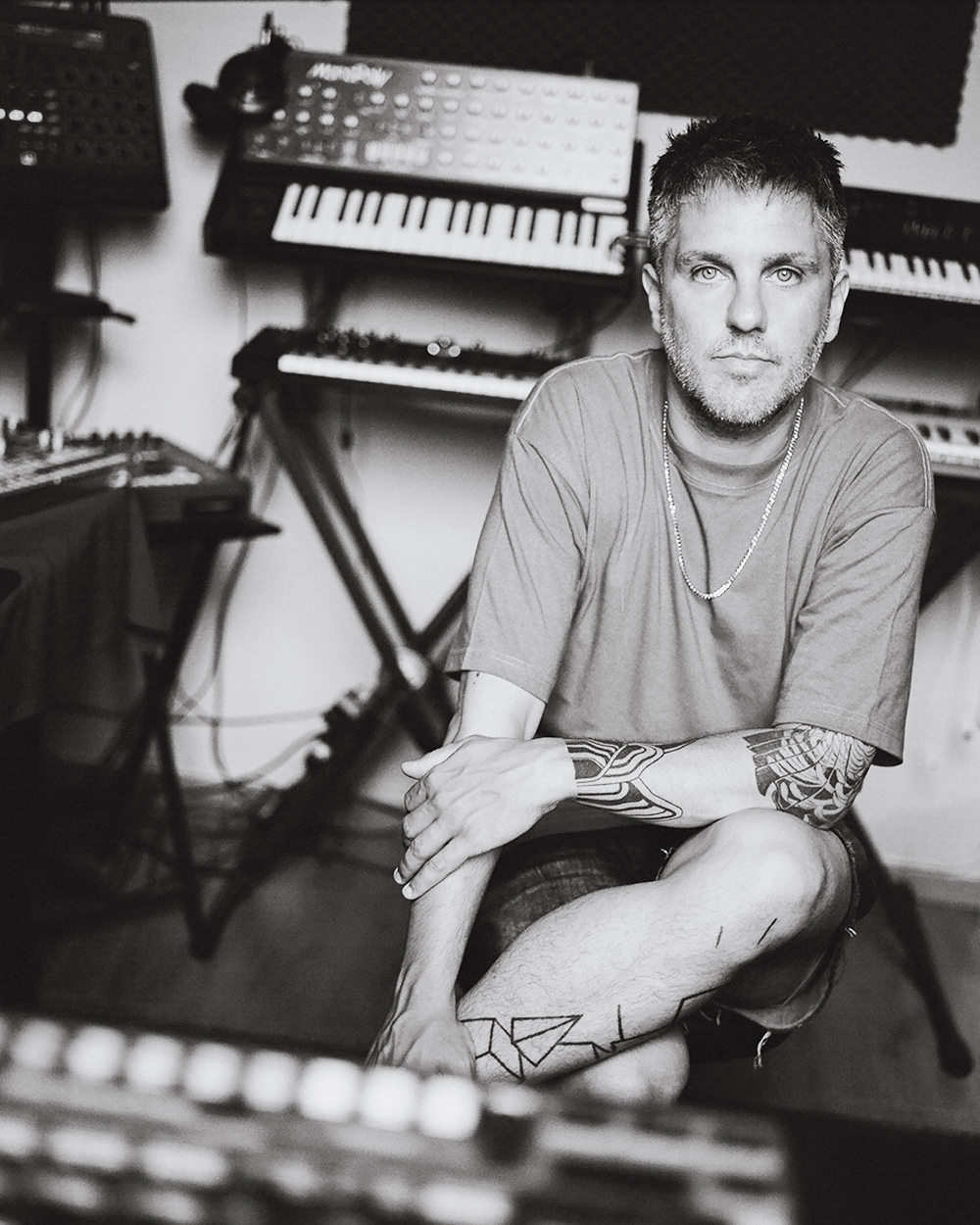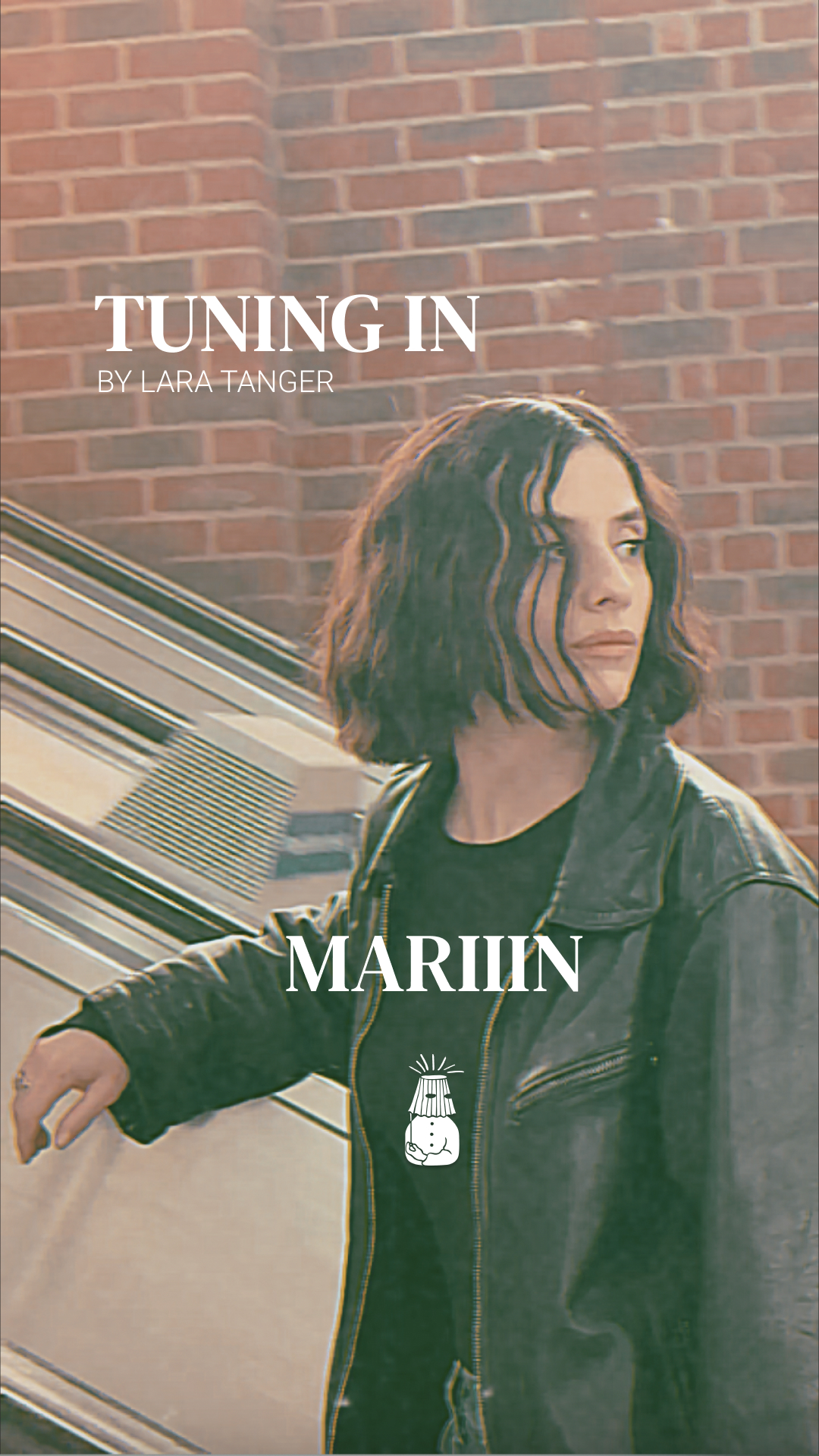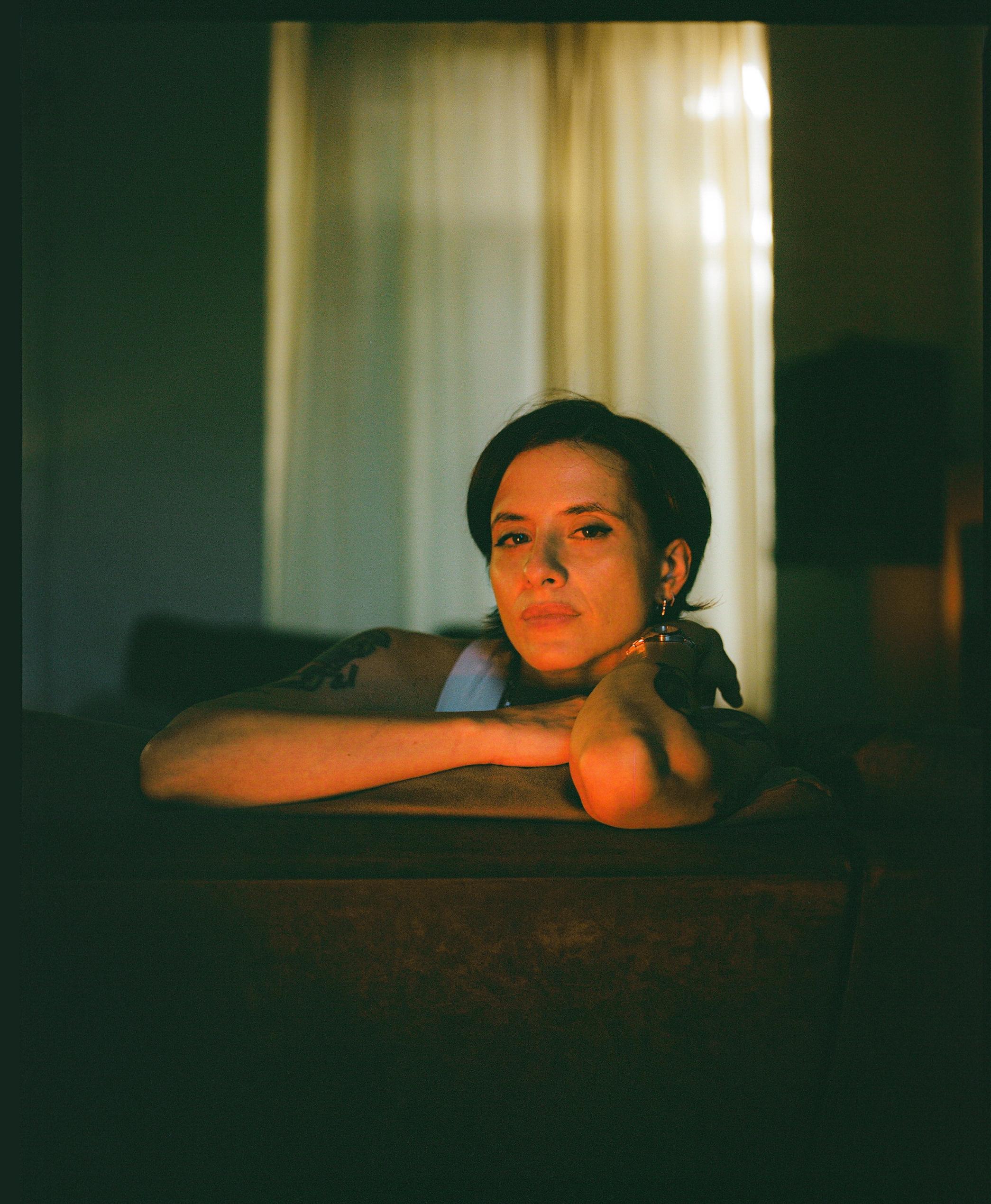Redefining the creative process in the hopes of overcoming resistance.
As we continuously strive to better ourselves within the individual aspects of our own humble existences, a large percentage of us will, at some point or another, stumble across an innate and often completely individual creative impulse, a metaphysical calling as it were, for a need to be artistic. Our calls can range from a newfound desire to paint, learn a musical instrument or even start a new business venture. For me, I enjoy making music and writing. But, with the responsibility of a “great” and often romanticised creative calling looming over us, we can often stumble into a number of road blocks along the way, bringing our ideas to an instantaneous and irritating halt.
As of late, I have found myself impatiently waiting at one of these road blocks, timidly still at the crossroads of indecision, completely unsure of the direction I am supposed to be moving in. I felt the pressure of wanting to express myself more than ever but lacked the essential spark I needed to turn my kindling of potential into the ranging inferno it deserved. This forced me into an unwanted and accidental period of inaction.
So, after a long and unintended hiatus from all things creative, I found myself naturally drawn to my artistic endeavours once again. But, much like before, I found myself feeling unusually uncertain in my abilities to be imaginative, inventive and ultimately in a position where I no longer had a set workflow for my writing and/or music making. My previously periodic processes had fallen by the wayside, leaving me with a large feeling of resistance from my newfound freedom, unsure of how to start and questioning my every move forward.
This tender state of paralysis led me to dig a little deeper into why we so often fall into these aggravating traps of stagnation and how we can more efficiently get out of them in the future, and continue moving forward with confidence and conviction.
As you read these elementary thought processes for perfecting the creative process, I want you to know that this is not a manual from someone who has overcome all of the above and transcended to a state of bliss. I write this mainly as a simple reminder to myself to continually practice the art of creativity with a more acute awareness of some of its ugly hinderances. In doing this, I hope to traverse more smoothly through future droughts of artistic stalemate and provide a few subjective pointers for anyone who finds themself in the same position.
So, here it is.
Firstly, I think it is helpful to understand that creativity comes from restriction, not absolute freedom. Often the freedom of too many choices leaves us frozen, indecisive and unsure of where to start. Unable to move forward from fear of making the wrong decision, we become painfully stationary, constricting our imaginations from the space they need to truly thrive. And, to make things worse, once a decision has been settled on, most of us continually question the choice we have made, pondering on whether a different decision would have produced a better outcome. Realistically, this is similar to driving a car facing backwards, endlessly contemplating the turns you have made instead of focusing on the direction you are moving in. So, remember to always look forward, for continually glancing in the rear view mirror will only cause a car crash.
Naturally, this leads onto the next fundamental point - commitment. Revolutionary scientist, Francis Crick once said “It is amateurs who have one big bright beautiful idea that they can never abandon. Professionals know that they have to produce theory after theory before they are likely to hit the jackpot.” I think this is true for a lot of us, we fail to commit to any decisions in our creative process from fear of ruining our masterpiece and this continuously stops us from finishing our projects. This constant start/stop style of creation allows us to get really good at the first few steps of our desired artform but increasingly bad at finishing, forever lacking the skills to progress further and commit to completion. This lack of exposure to the final steps of completing a project leaves us feeling fearful, unsure of our own technical abilities to execute a desired idea. And, truthfully speaking, an artist that never finishes a piece of art is no artist at all.
So, how do we move forward?
Learning to disengage from the end product and focus more on simply enjoying the process of getting better is a great way to get started. We must detach from the need for greatness, and simply allow ideas to flow and breathe. This state of mind requires us to abandon our deep-rooted yearning for admiration. For most, we are all too emotionally invested in the finished product, when really we should be more focused on the learning aspect of our creative time. Just showing up every day and putting in the work should be the goal, and with that, amazing creations will come.
In addition to this, allowing your imagination to run free with no preconceived self-assessment is another key element. The adventurous and inventive area within our brains comes from a childlike state of experimentation - trial and error in its simplest form. Granting our logical adult brain room to interfere with this early stage of creation causes judgement and self-criticism, and this, in turn, stops the creative process altogether. Let your mind play, make mistakes and bend the rules as often as possible. This will reward you with an untapped element of boldness and originality. And, in doing this, free your inner child to truly explore the multitude of possibilities inside your brain, thus widening your imaginative perspective. This often leads to a flurry of accidental masterpieces, and more often than not, these are our greatest pieces of work.
The next key factor in overcoming resistance is inspiration, and our obsession in waiting for it. Don’t wait for inspiration to come. That rare spark of insight you long for will not come knocking on your door. I know from personal experience, the wait is never ending. Real creativity is not glamourous and mystical, and grand ideas don’t sprinkle through the air from greater realms of the unknown universe to our impatient and unimaginative brains. Don’t get me wrong, that does come every now and then, but hundreds of hours of consistent work come before it. Enlisting the habits of order, discipline and regularity come first – consistent practice is step number one. It seems counterintuitive but its true. In order to achieve “flow”, “magic” and “divine inspiration” we must start by being ordinary and workmanlike. This humble state of customary routine provides us with the foundations for real and honest creativity. With this dedicated workmanship comes an array of technical ability, thus allowing us to execute those “magical” ideas when they do come because we have spent time actively learning the necessary skills to do so.
Fundamentally, the creative mindset is a habit, and like all habits, it needs to be practiced consistently in order to bloom. And, with consistency comes momentum and momentum is beautiful. Momentum brings confidence and confidence allows us to keep on sitting down every day, knowing we’re doing exactly what we need to be doing. People often say quality over quantity but that seems foolish, realistically quality comes through quantity.
So, in the hopes of more easily digesting all of the above, it seems fitting to summarise the key principles of overcoming creative block in one final conclusion, providing context to close.
Unlimited options will prevent commitment, stopping you from settling on anything unless it is absolutely perfect, create restrictions and force your brain to be adventurous. Free yourself from needing to create stuff that is artistically significant and allow your inner infant to explore the wealth of possibilities, using each mistake as a chance to grow and learn. Start now and leave the finicky details until later - things naturally have a way of falling into place on their own so remember that not everything needs to be perfect from the start, the key is to get moving right away because eventually planning just becomes procrastination.
Lastly, and most importantly, enjoy the process, forget about the product, be patiently persistent. Our obsession with final form ignores the fact that creativity lies not in the done but in the doing. The real secret lies in progression, not perfection.
Follow Charley Tucker:


















